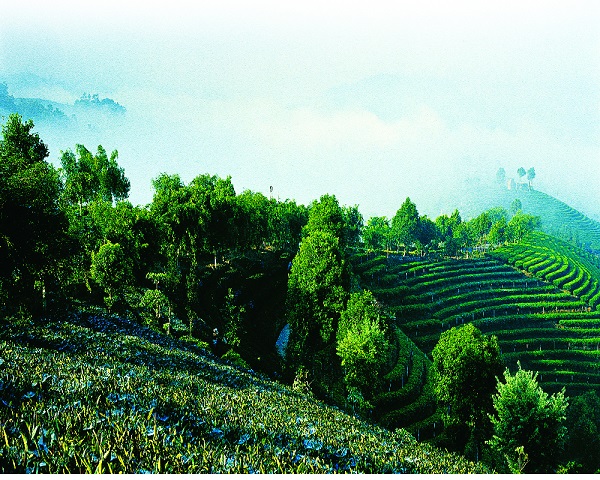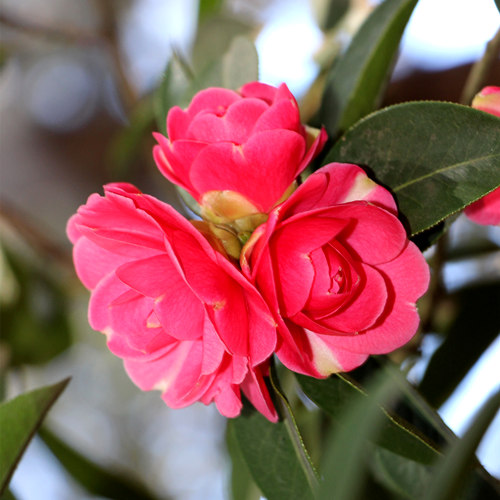
Magnificent Mountains in Yunnan: A Detailed Introduction
Magnificent Mountains in Yunnan: A Detailed Introduction
Overview
Yunnan Province in southwestern China is famed for its dramatic and diverse landscapes, which are dominated by a series of magnificent mountain ranges. These mountains are not only geologically significant but also culturally and ecologically vital, harboring unique ecosystems and rich biodiversity. The mountains of Yunnan offer stunning scenery, challenging trekking routes, and deep cultural significance for the many ethnic groups in the region.
Key Mountain Ranges and Peaks
Meili Snow Mountain (Meili Xue Shan)
Location: Northwestern Yunnan, near the border with Tibet.
Highest Peak: Kawagebo (or Kawa Karpo) at 6,740 meters (22,113 feet).
Features:
Sacred Significance: Kawagebo is considered a sacred mountain by Tibetan Buddhists. Pilgrims from Tibet and other regions come to pay their respects.
Stunning Scenery: Known for its snow-capped peaks, glaciers, and deep valleys. The mountain range is often shrouded in clouds, adding to its mystique.
Biodiversity: The area is rich in flora and fauna, including rare species such as the Yunnan snub-nosed monkey and various alpine plants.
Trekking: Popular trekking routes include the Kora pilgrimage circuit and trails to see the Mingyong Glacier.
Jade Dragon Snow Mountain (Yulong Xue Shan)
Location: Near Lijiang in northwestern Yunnan.
Highest Peak: Shanzidou at 5,596 meters (18,360 feet).
Features:
Scenic Beauty: The mountain range is renowned for its striking scenery, with its 13 peaks often covered in snow and ice.
Glaciers and Caves: Home to the Baishui Glacier, the southernmost glacier in the Northern Hemisphere, and various karst caves.
Cultural Sites: The area is rich in Naxi culture, with several traditional Naxi villages and the famous Dongba culture center.
Tourism: The mountain is accessible via cable car, offering stunning views and hiking opportunities.
Haba Snow Mountain
Location: Opposite Jade Dragon Snow Mountain, on the other side of the Tiger Leaping Gorge.
Highest Peak: 5,396 meters (17,703 feet).
Features:
Trekking: Popular with trekkers aiming to summit the peak, offering challenging climbs and spectacular views of the surrounding landscape.
Scenic Attractions: The area features beautiful alpine meadows, forests, and lakes, as well as the Haba Glacier.
Biodiversity: Rich in flora and fauna, including rare species like the blue sheep and various rhododendrons.
Gaoligong Mountains
Location: Western Yunnan, along the border with Myanmar.
Highest Peak: Ga hergen at 5,128 meters (16,824 feet).
Features:
Ecological Significance: A UNESCO World Biosphere Reserve, the mountains are a biodiversity hotspot with numerous endemic species.
Scenic Beauty: Known for their rugged terrain, dense forests, and deep gorges, including the Nujiang Gorge.
Cultural Heritage: Home to diverse ethnic groups, including the Lisu and Nu people, with unique cultural traditions and practices.
Hiking and Research: Popular with hikers and researchers studying the rich biodiversity and unique ecosystems.
Cangshan Mountains
Location: Near Dali in central Yunnan.
Highest Peak: Malong Peak at 4,122 meters (13,524 feet).
Features:
Scenic Beauty: The range offers stunning views of Erhai Lake and the ancient city of Dali. The mountains are known for their 19 peaks and numerous streams and waterfalls.
Flora and Fauna: Rich in plant species, including camellias, azaleas, and rhododendrons, and home to diverse wildlife.
Cultural Sites: The range is dotted with historical temples, such as the Chongsheng Temple and the Three Pagodas.
Tourism: Popular with tourists for hiking, bird watching, and enjoying the scenic landscapes.
Ailao Mountains
Location: Extending through central Yunnan.
Highest Peak: Datianba at 3,165 meters (10,384 feet).
Features:
Biodiversity: The mountains are covered with subtropical evergreen broadleaf forests, home to diverse plant and animal species.
Scenic Beauty: Known for their lush vegetation, deep valleys, and numerous streams and waterfalls.
Cultural Heritage: Inhabited by various ethnic groups, including the Hani and Yi people, who have developed unique agricultural and cultural practices.
Conservation: Several nature reserves have been established to protect the area's rich biodiversity and natural beauty.
Conclusion
The magnificent mountains of Yunnan are a testament to the province's diverse and dramatic landscapes. Each mountain range offers unique scenery, rich biodiversity, and deep cultural significance. From the sacred peaks of Meili Snow Mountain to the scenic trails of Jade Dragon Snow Mountain and the biodiversity hotspots of the Gaoligong Mountains, Yunnan's mountains are a treasure trove of natural beauty and cultural heritage. These mo



